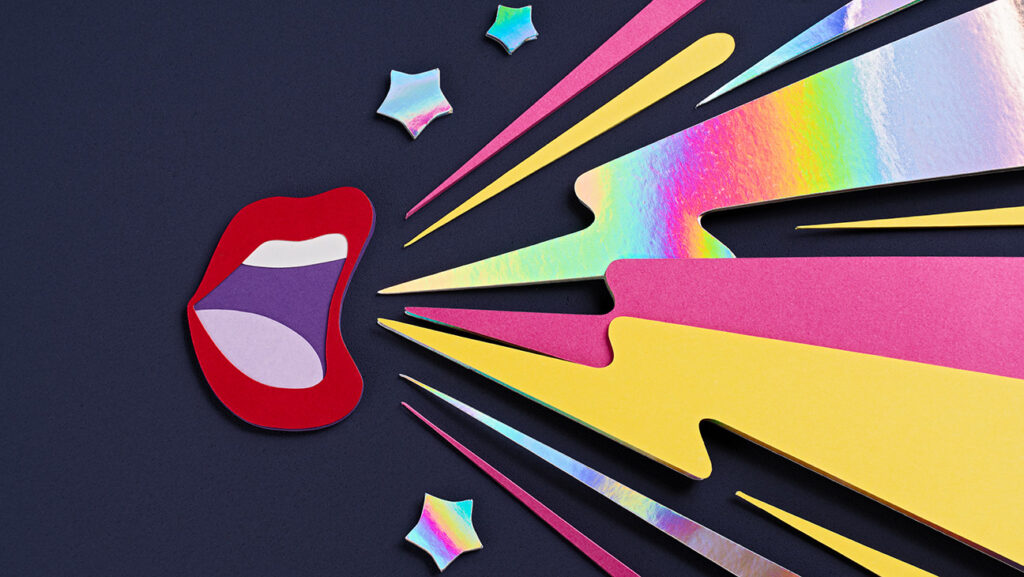In today’s Hollywood, the wrong vowel can cost you the role.
Florence Pugh slips from Derby to Brooklyn and back again between projects. Paul Mescal makes Maynooth sound Malibu. Benedict Cumberbatch sheds his Oxbridge vowels whenever he slips on the Doctor Strange cape, flattening his cadence into a Midtown monotone. None of that is coincidence. It’s market logic. Global audiences expect voices to match maps.
It wasn’t always this way. In the studio era, accents weren’t necessarily tied to actual places — they were shorthand for character type. Hollywood ran on an unspoken “accent code”: English signaled authority or villainy — think of all those Bond nemeses purring with Eton vowels. American meant authenticity; John Wayne, Jimmy Stewart and Sally Field earned trust by sounding ordinary, local, “real.” And the Mid-Atlantic accent — that hybrid voice no one was born with but everyone aspired to — conveyed glamour, from Cary Grant and Katharine Hepburn to Grace Kelly.
But that system came with a double standard — one that favored Americans and penalized everyone else. When Meryl Streep became Margaret Thatcher, it was treated as an Olympic feat of transformation. When Renée Zellweger nailed Bridget Jones, critics marveled that a Texan could pass for London. But the reverse was never celebrated. British and Australian actors were simply expected to play American. Hugh Laurie sustained his House drawl for eight seasons; to U.S. audiences, that was just the job description.
Some mistakes became folklore. Dick Van Dyke’s cockney in Mary Poppins is still mocked, but fondly. Kevin Costner wandered through Robin Hood without ever stopping in Nottingham, vocally speaking. Anne Hathaway’s Yorkshire in One Day and Don Cheadle’s cockney in Ocean’s Eleven top the “worst accents” lists.
Then came Netflix — and with it, globalization of the audience. Viewers everywhere suddenly had access to shows from Seoul, Madrid, Mumbai and Copenhagen. Squid Game, Money Heist, Blood Sisters, Sacred Games, Borgen, Roma — many subtitled, some dubbed — became global hits not in spite of their local sound but because of it. Audiences started tuning their ears to specificity. Once they got hooked on the real rhythms of Mexico City Spanish or Lagos street slang, there was no going back. Accents weren’t a barrier anymore — they were a selling point. And if a British or Australian actor is going to play American, they’d better not just fool a casting director — they have to pass the global sniff test.
Drama schools once taught: “suggest the sound, keep the psychology real.” That no longer survives in a marketplace where dialogue gets replayed, subtitled and memed. Stanislavski cared about your psyche. Streaming cares about your schwa.
The accent is the new six-pack — only harder to fake. A star can still sculpt their abs, cap their teeth, even fudge their résumé — but not their voice. AI can dub you from Derby to Dallas at the click of a button but audiences smell the cheat. The moment a machine takes over the vowels, the performance stops being yours. For now, the accent remains one of the last places Hollywood can’t fake it — and one of the few where audiences still demand the real thing.

